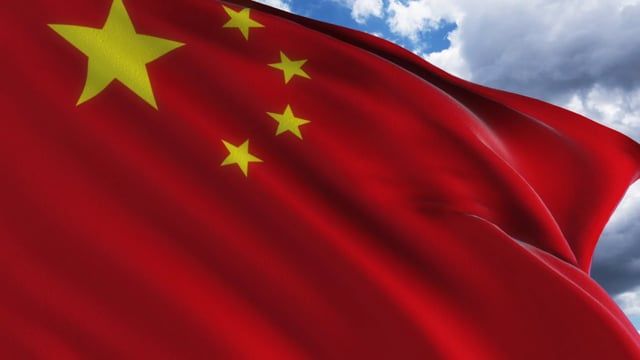A U.S. congressional analysis highlighted six approaches of Made in China 2025, which comprises a comprehensive set of Chinese government industrial plans.
In 2015, China’s State Council issued Made in China 2025 (MIC2025) with the aim of boosting competitiveness by advancing China‘s position in the global manufacturing value chain, «leapfrogging» emerging technologies, and reducing dependence on foreign companies.
Made in China 2025
The following are those approaches.
Tax, trade and investment measures
China uses tax preferences to incentivize foreign companies to move production and research and development (R&D) to China.
The country uses standards, intellectual property, competition and procurement policies, and other conditions that seek to transfer foreign know-how to entities in the People’s Republic of China (PRC) and use PRC suppliers for key components.
Forced partnerships, joint ventures and Made in China 2025
China’s formal regulations and informal practices force foreign companies to partner with Chinese entities and push them to create joint ventures.
In many sectors (e.g., aerospace), China leverages its role as a major buyer to push for joint ventures and technology transfer in order to develop indigenous capabilities.
In most cases, the foreign company’s partner is a state-owned enterprise or the Chinese government.
Government grants
PRC government-guided funds (GGFs) channel state funding to PRC companies to support domestic R&D and overseas procurement.
Nearly 1,800 MIC2025-linked GGFs jointly registered a capital target of $1.5 trillion and had raised $627 billion to reach this target by early 2020.
GGFs typically have a stake or board seat in the companies they fund and can influence corporate decision-making.
Overseas acquisitions
GGFs focus on and finance the acquisition of foreign companies, and strengthen China’s capabilities through expertise, intellectual property, talent pools, and links with suppliers and customers of foreign companies.
Technology licensing and equipment
Foreign technology and equipment fill key gaps in China’s current capabilities.
Chinese companies are members of U.S.-led open source technology platforms (e.g., RISC-V, the Open Compute Project, and the ORAN Alliance).
Since 2014, U.S. exports of semiconductor equipment to China have increased nearly fivefold as China attempts to manufacture its own chips.
Talent recruitment and training
China encourages the return of PRC expatriates and the recruitment of foreign talent.
Many Chinese technology companies (e.g., Alibaba, Baidu, Tencent, and TikTok) have R&D centers in the United States that often partner with U.S. universities.
Many Chinese nationals are involved in U.S. federally funded research in areas that overlap with MIC2025 technologies.

